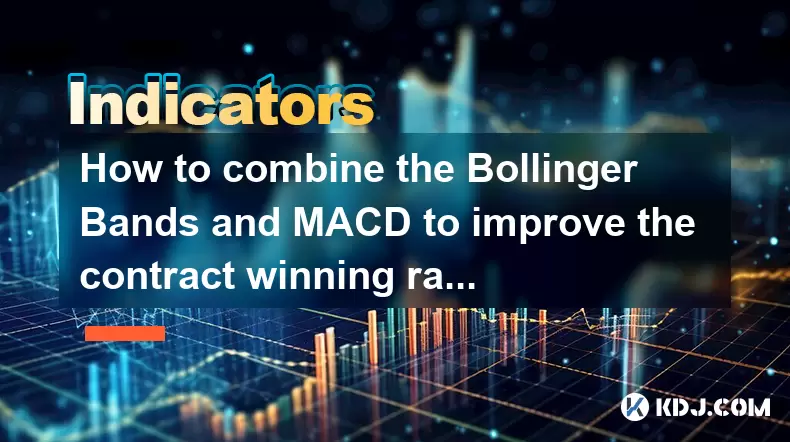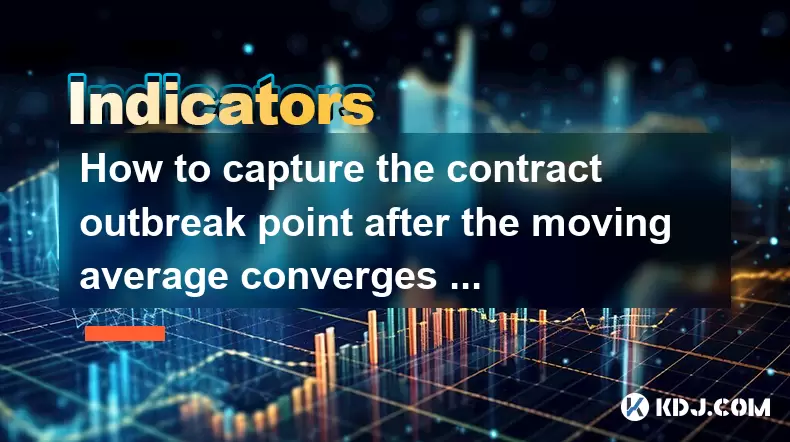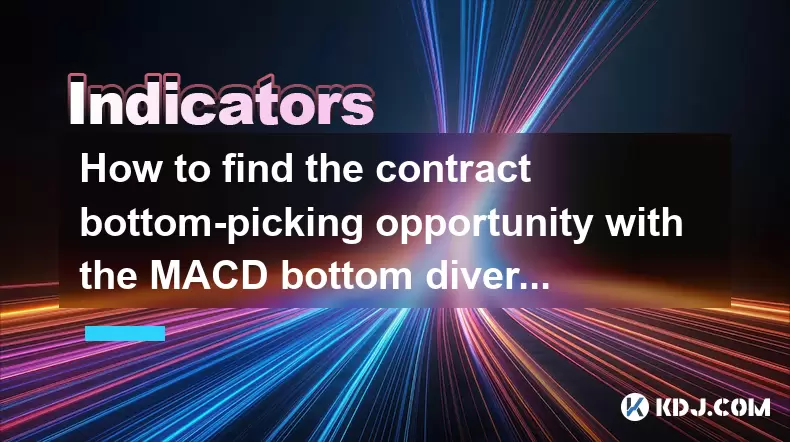-
 Bitcoin
Bitcoin $106,754.6083
1.33% -
 Ethereum
Ethereum $2,625.8249
3.80% -
 Tether USDt
Tether USDt $1.0001
-0.03% -
 XRP
XRP $2.1891
1.67% -
 BNB
BNB $654.5220
0.66% -
 Solana
Solana $156.9428
7.28% -
 USDC
USDC $0.9998
0.00% -
 Dogecoin
Dogecoin $0.1780
1.14% -
 TRON
TRON $0.2706
-0.16% -
 Cardano
Cardano $0.6470
2.77% -
 Hyperliquid
Hyperliquid $44.6467
10.24% -
 Sui
Sui $3.1128
3.86% -
 Bitcoin Cash
Bitcoin Cash $455.7646
3.00% -
 Chainlink
Chainlink $13.6858
4.08% -
 UNUS SED LEO
UNUS SED LEO $9.2682
0.21% -
 Avalanche
Avalanche $19.7433
3.79% -
 Stellar
Stellar $0.2616
1.64% -
 Toncoin
Toncoin $3.0222
2.19% -
 Shiba Inu
Shiba Inu $0.0...01220
1.49% -
 Hedera
Hedera $0.1580
2.75% -
 Litecoin
Litecoin $87.4964
2.29% -
 Polkadot
Polkadot $3.8958
3.05% -
 Ethena USDe
Ethena USDe $1.0000
-0.04% -
 Monero
Monero $317.2263
0.26% -
 Bitget Token
Bitget Token $4.5985
1.68% -
 Dai
Dai $0.9999
0.00% -
 Pepe
Pepe $0.0...01140
2.44% -
 Uniswap
Uniswap $7.6065
5.29% -
 Pi
Pi $0.6042
-2.00% -
 Aave
Aave $289.6343
6.02%
Is the enlargement of the Bollinger Band opening an opportunity or a risk? How to deal with it?
Bollinger Bands widen in crypto trading to signal increased volatility, offering potential opportunities or risks depending on trend, volume, and confirmation from other indicators like RSI or MACD.
Jun 16, 2025 at 07:01 am

Understanding Bollinger Bands in Cryptocurrency Trading
Bollinger Bands are a widely used technical analysis tool in cryptocurrency trading, designed to provide insights into market volatility and potential price movements. Composed of a middle simple moving average (SMA) line and two standard deviation bands above and below it, Bollinger Bands dynamically adjust based on recent price fluctuations. In the volatile crypto market, these bands can widen or narrow significantly, signaling different phases of market behavior.
When the bands enlarge or widen, this typically indicates an increase in volatility. However, whether this widening represents an opportunity or a risk depends on several factors including the current trend, volume, and other indicators that should be analyzed alongside the Bollinger Bands.
Tip:
Always cross-reference Bollinger Band signals with other tools such as RSI, MACD, or volume indicators before making a trade decision in crypto markets.Why Do Bollinger Bands Widen?
The core mechanism behind Bollinger Bands is their responsiveness to price volatility. When prices experience sharp moves — either up or down — the standard deviation increases, which causes the bands to expand outward from the central SMA. This phenomenon is particularly noticeable during major news events, regulatory changes, or sudden shifts in investor sentiment within the crypto space.
In highly liquid assets like Bitcoin or Ethereum, Bollinger Bands tend to react more predictably to volatility spikes. For altcoins, however, the same expansion might not always indicate a strong trend due to lower liquidity and higher susceptibility to manipulation.
- Increased volatility triggers band widening
- Crypto-specific catalysts include halving events, exchange listings, or security breaches
- Market psychology plays a significant role in how quickly bands expand
Is a Widening Bollinger Band an Opportunity?
A widening Bollinger Band setup can signal the beginning of a new trend, especially if the price breaks out beyond the upper or lower band. In such cases, traders may interpret this as an opportunity to enter a trade in the direction of the breakout. For example, a strong upward move pushing price above the upper band could suggest a bullish momentum phase.
However, it's important to note that Bollinger Bands themselves don't indicate overbought or oversold conditions directly. They only reflect volatility. Therefore, entering a trade solely based on band expansion without confirmation from other indicators can lead to false signals.
- Look for candlestick patterns near the bands for confirmation
- Use volume surges as validation of a genuine breakout
- Consider timeframes — intraday vs daily charts may tell different stories
Is a Widening Bollinger Band a Risk?
On the flip side, a sudden expansion of Bollinger Bands can also represent a risk, especially when it occurs after a prolonged trend. If the bands widen dramatically following a strong rally or drop, it could signal that the trend is nearing exhaustion. In crypto markets, where pump-and-dump schemes and whale-driven volatility are common, such expansions can mislead novice traders.
Moreover, when the bands widen and the price remains close to one of the outer bands for an extended period, it may indicate an overextended move. This often precedes a reversion to the mean or a sharp reversal.
- Watch for divergence between price and momentum indicators
- Avoid chasing entries after large band expansions without additional support
- Be cautious during low-liquidity periods when spreads widen
How to Trade When Bollinger Bands Widen
Successfully navigating a Bollinger Band expansion requires a structured approach. Here’s a detailed guide on how to respond when you observe a significant widening:
- Confirm the context: Determine whether the expansion occurs at a key support/resistance level, after a consolidation phase, or in the middle of a trend.
- Check volume levels: A true breakout usually coincides with a surge in trading volume. If volume doesn’t confirm the move, it might be a false signal.
- Apply multiple time frame analysis: Review both short-term and long-term charts to understand if the expansion is part of a larger pattern or just noise.
- Use stop-loss orders wisely: Due to the unpredictable nature of crypto volatility, always protect your position with appropriate stop-loss settings.
- Monitor subsequent price action: After the bands widen, watch how price behaves. Does it continue moving, or does it stall and reverse?
For instance, if you're watching a BTC/USDT chart and notice the bands expanding sharply along with a 50% spike in volume, it could be a sign of a real breakout. But if the volume remains flat or declines, it may be best to wait for further confirmation before acting.
Frequently Asked Questions
Q1: Can Bollinger Bands alone be used to make profitable trades in crypto?
No single indicator should be used in isolation. While Bollinger Bands offer valuable insights into volatility, they work best when combined with other tools such as RSI, MACD, or volume-based filters to confirm trade setups.
Q2: Should I buy when the price touches the lower Bollinger Band?
Not necessarily. The price touching the lower band doesn't automatically mean a reversal is imminent. It's crucial to assess the broader context, including trend strength and volume, before assuming a bounce.
Q3: How often do Bollinger Bands widen in crypto compared to traditional markets?
Due to the high volatility and 24/7 nature of crypto markets, Bollinger Bands tend to widen more frequently than in traditional equities or forex markets. This makes them especially useful but also more prone to false signals.
Q4: What timeframe works best for observing Bollinger Band expansions in crypto?
While daily charts provide clearer signals, many traders use 4-hour or 1-hour charts for more timely entries. Choose a timeframe that aligns with your trading strategy and risk tolerance.
Disclaimer:info@kdj.com
The information provided is not trading advice. kdj.com does not assume any responsibility for any investments made based on the information provided in this article. Cryptocurrencies are highly volatile and it is highly recommended that you invest with caution after thorough research!
If you believe that the content used on this website infringes your copyright, please contact us immediately (info@kdj.com) and we will delete it promptly.
- Coinbase, USDC, and Futures: A New York Minute on Crypto's Next Big Thing
- 2025-06-19 22:25:12
- Aerodrome Finance (AERO): Riding the DeFi Growth Wave with Price Surges
- 2025-06-19 22:45:12
- Sonic Execution: 1inch Supercharges DeFi with Lightning-Fast, Industry-Leading Rates on Sonic
- 2025-06-19 22:25:12
- RAY Price Jumps Amidst User Plunge: What's Going On?
- 2025-06-19 22:45:12
- SOL DOGE 2.0? Moonshot Coins Like LILPEPE, SUI, and SEI Aim for 10,000% Gains
- 2025-06-19 23:05:12
- AR Tokens: Bridging TradFi and DeFi in the Real World
- 2025-06-19 23:10:12
Related knowledge

How to combine the Bollinger Bands and MACD to improve the contract winning rate?
Jun 19,2025 at 06:35pm
Understanding Bollinger Bands and MACD IndicatorsTo effectively combine Bollinger Bands and the MACD (Moving Average Convergence Divergence), it's essential to first understand what each indicator represents. Bollinger Bands consist of a middle moving average line and two outer bands that adjust based on market volatility. When prices move toward the up...

How does the long lower shadow of the K line indicate the formation of the bottom of the contract?
Jun 19,2025 at 05:00am
Understanding the Long Lower Shadow in K-Line AnalysisIn cryptocurrency trading, K-line analysis plays a pivotal role in determining market sentiment and potential price reversals. A long lower shadow, also known as a long wick, is one of the most telling candlestick patterns that traders look for when assessing whether a bottom might be forming in a co...

How to capture the contract outbreak point after the moving average converges and diverges?
Jun 19,2025 at 02:07pm
Understanding Moving Average Convergence and Divergence in Crypto TradingIn cryptocurrency trading, moving averages are among the most widely used technical indicators. The concept of convergence and divergence refers to how different moving averages align or separate over time. When short-term and long-term moving averages come together (converge), it ...

How to find the contract bottom-picking opportunity with the MACD bottom divergence?
Jun 19,2025 at 02:28pm
Understanding MACD Bottom Divergence in Cryptocurrency TradingMACD (Moving Average Convergence Divergence) is a widely used technical analysis tool that helps traders identify potential reversals in price trends. Bottom divergence, specifically, occurs when the price of an asset makes a new low, but the MACD indicator does not confirm this by making a c...

How to use the DEMARK indicator to predict the high and low points of the contract?
Jun 19,2025 at 04:21am
What Is the DEMARK Indicator?The DEMARK indicator is a technical analysis tool developed by Tom DeMark, aimed at identifying price exhaustion points in financial markets. It helps traders anticipate potential reversal zones, especially in volatile environments such as cryptocurrency contracts. The indicator works by detecting specific patterns and seque...

Why does the contract sometimes not fall after the moving average crosses?
Jun 18,2025 at 08:50pm
Understanding Moving Averages in Cryptocurrency TradingIn the realm of cryptocurrency trading, moving averages are among the most widely used technical indicators. They help traders identify potential trends by smoothing out price data over a specified period. The two primary types are the Simple Moving Average (SMA) and the Exponential Moving Average (...

How to combine the Bollinger Bands and MACD to improve the contract winning rate?
Jun 19,2025 at 06:35pm
Understanding Bollinger Bands and MACD IndicatorsTo effectively combine Bollinger Bands and the MACD (Moving Average Convergence Divergence), it's essential to first understand what each indicator represents. Bollinger Bands consist of a middle moving average line and two outer bands that adjust based on market volatility. When prices move toward the up...

How does the long lower shadow of the K line indicate the formation of the bottom of the contract?
Jun 19,2025 at 05:00am
Understanding the Long Lower Shadow in K-Line AnalysisIn cryptocurrency trading, K-line analysis plays a pivotal role in determining market sentiment and potential price reversals. A long lower shadow, also known as a long wick, is one of the most telling candlestick patterns that traders look for when assessing whether a bottom might be forming in a co...

How to capture the contract outbreak point after the moving average converges and diverges?
Jun 19,2025 at 02:07pm
Understanding Moving Average Convergence and Divergence in Crypto TradingIn cryptocurrency trading, moving averages are among the most widely used technical indicators. The concept of convergence and divergence refers to how different moving averages align or separate over time. When short-term and long-term moving averages come together (converge), it ...

How to find the contract bottom-picking opportunity with the MACD bottom divergence?
Jun 19,2025 at 02:28pm
Understanding MACD Bottom Divergence in Cryptocurrency TradingMACD (Moving Average Convergence Divergence) is a widely used technical analysis tool that helps traders identify potential reversals in price trends. Bottom divergence, specifically, occurs when the price of an asset makes a new low, but the MACD indicator does not confirm this by making a c...

How to use the DEMARK indicator to predict the high and low points of the contract?
Jun 19,2025 at 04:21am
What Is the DEMARK Indicator?The DEMARK indicator is a technical analysis tool developed by Tom DeMark, aimed at identifying price exhaustion points in financial markets. It helps traders anticipate potential reversal zones, especially in volatile environments such as cryptocurrency contracts. The indicator works by detecting specific patterns and seque...

Why does the contract sometimes not fall after the moving average crosses?
Jun 18,2025 at 08:50pm
Understanding Moving Averages in Cryptocurrency TradingIn the realm of cryptocurrency trading, moving averages are among the most widely used technical indicators. They help traders identify potential trends by smoothing out price data over a specified period. The two primary types are the Simple Moving Average (SMA) and the Exponential Moving Average (...
See all articles

























































































